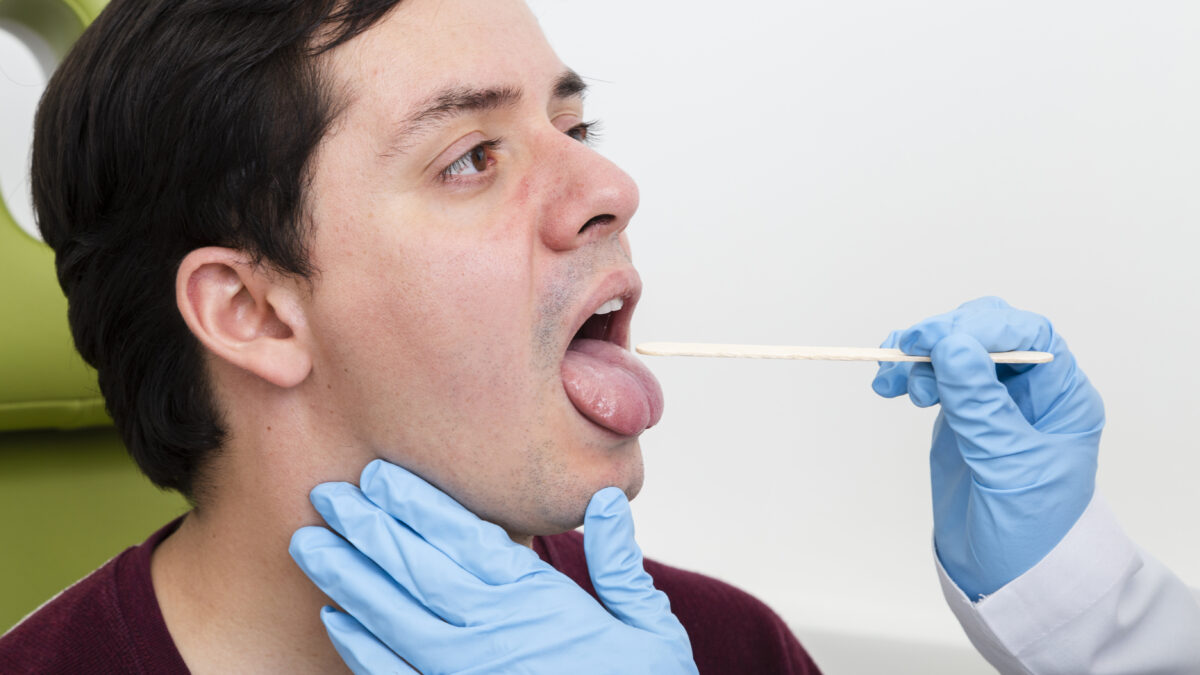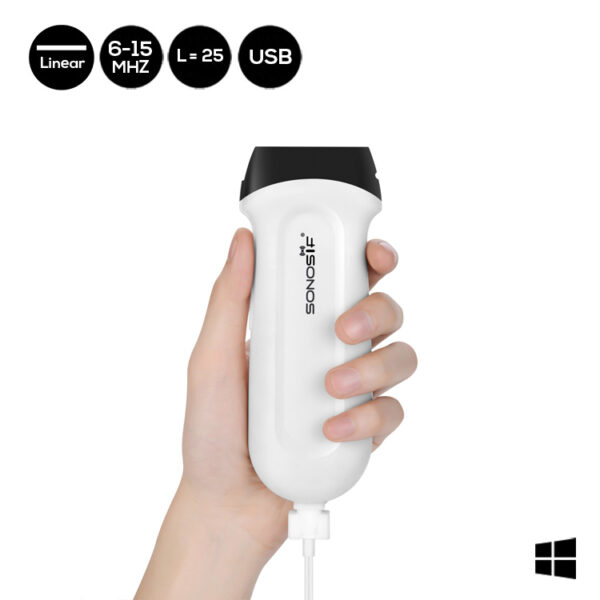- Immediate contact :
- +1-323-988-5889
- info@sonosif.com

Urology: Urologic Surgery and Trauma Experience
March 24, 2021
Ultrasonographic Evaluation of Trochanter Bursitis
April 17, 2021Salivary glands produce saliva, which is then emptied into the mouth through ducts. Saliva aids in the swallowing and chewing of food. It may also aid in the prevention of infections in the mouth and throat.
There are three pairs of major salivary glands:
- parotid glands on the insides of the cheeks
- submandibular glands at the floor of the mouth
- sublingual glands under the tongue
Swelling, dry throat, nausea, fever, and foul-tasting leakage into the mouth are some of the signs of an issue with the salivary glands or ducts.
The most common problems in the salivary gland occur when the ducts become blocked and saliva cannot drain.
What are the more common problems?
Many different problems can interfere with the function of the salivary glands or block the ducts so they can’t drain saliva such as:
* Sialolithiasis: is a condition in which tiny salivary stones form in the glands. The stones, called sialoliths, are made of calcium.
* Sialadenitis:is a painful infection. Staphylococcus, streptococcus, Haemophilus influenzae or anaerobic bacteria are usually the cause. The condition is common in elderly people who have stones, but infants can develop sialadenitis during the first few weeks of life.
*Cysts can develop after injuries, infections, stones or tumors. Sometimes babies are born with cysts in the parotid gland because of a problem with the early development of the ears.
*Tumors: Most salivary tumors are benign (noncancerous), but they can also be cancerous. Most salivary tumors grow in the parotid gland.
Ultrasonography (US) is helpful for diagnosing differential salivary gland diseases. It is a useful and important form of disease diagnosis. In certain cases, the existence of the clinical symptoms may also be suggested on the basis of US observations, as well as allowing clarification or exclusion of the presence of a mass.
Which Ultrasound Scanner is the best to be used in the salivary glands assessments?
The easiest way to test salivary glands is to use a high-frequency linear ultrasound scanner. Our research and development team suggests to our Otorhinolaryngologist customers using either the USB Linear Ultrasound Scanner: 6-15MHz USB-UL3 or the Mini Linear Handheld WiFi Ultrasound Scanner MLCD.
USB Linear Ultrasound Scanner: 6-15MHz USB-UL3 is a Linear array Transducer that has multiple frequencies from 6 to 15MHz and a scanning mode of B, B+B, B+m with high-resolution imaging.
It plays an important role in improving point-of-care, clinical diagnostic methods and efficiency of clinic diagnosis. Due to its innovative features like being a waterproof device. With its sealed head and by its USB connector, a steady ultrasound signal makes the signal transmission more faster, an amazing image quality that guides you to a clear decisions , easy to carry.
What is more, it has a great feature which is simple printing and sharing images in which physicians can print the images in few seconds and share them with colleagues from the handheld ultrasound via email or by the network. In addition to its replaceable cables that have a variable length.
In addition to USB-UL3, Mini-Linear WiFi Ultrasound Scanner MLCD has many benefits from reducing puncture complications to increasing patient satisfaction. It comes with a needle guide holder. Hence, it can be directly set to the guide pin frame; this might be needed for biopsy reason.
The latter allows the practitioner to visualize the needle in real-time as it enters the body and traverses to the desired location.
To summarize, an ultrasound scanner is extremely useful during the examination of the salivary glands as well as during the follow-up stage. It measures masses and, most significantly, it is a safe and reliable procedure.
References: salivary glands, salivary glands diseases and tumors, Salivary glands problems, US of the Major Salivary Glands: Anatomy and Spatial Relationships, Pathologic Conditions, and Pitfalls
Disclaimer: Although the information we provide is used by different doctors and medical staff to perform their procedures and clinical applications, the information contained in this article is for consideration only. SONOSIF is not responsible neither for the misuse of the device nor for the wrong or random generalizability of the device in all clinical applications or procedures mentioned in our articles. Users must have the proper training and skills to perform the procedure with each ultrasound scanner device.
The products mentioned in this article are only for sale to medical staff (doctors, nurses, certified practitioners, etc.) or to private users assisted by or under the supervision of a medical professional.







